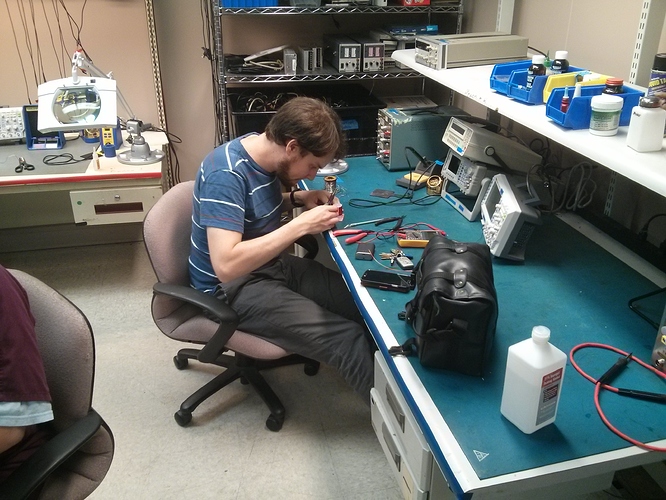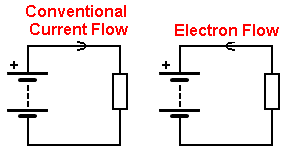Steve N8NM writes:
The free-range rig is coming along! I'm receiving with decent sensitivity (my generator's only calibrated to -100 dB/m, and I hear a CW note there just fine) and I'm getting about -2 dB/m out of the mixer. Yippee!
I ended up using an IF of 20 MHz, mainly because I had a bunch of crystals left over from my Minima. The architecture (left to right) is: Diode ring mixer using 1N4148s, 20dB W7ZOI bilateral TIA, 6 pole crystal filter (BW ~= 2.3 KHz), Another 20dB bilateral TIA, 1N4148 product detector (cribbed from the Minima), 2N3904 audio driver, LM380 PA. Microphone amp is two FET stages (J310). Oscillators are courtesy of an Si5351, controlled by an Arduino Uno. T/R switching is done using a couple of counterfeit 2SC1969 RF transistors that, ironically, don't amplify at RF, but work fine as power supply "pass" transistors.
Yet to do is the PA, which I've noodled in LTSPICE (shooting for 20W PEP using a bunch of BD139s, just because...) and cleaning up my Arduino sketch. Right now, I just modified the start-up values of the sketch from my all-band rig for testing. Since that code is pretty full featured (dual VFOs, RIT, filter switching, LCD Display, etc.) using multi-function pushbuttons to select all sorts of crap, I'm betting that 80% won't be used in this rig. Adding simplicity is always good.
So, nearing the end, I'm already thinking about my next rig (that and building a 60m antenna...) I think this one will be similar to my "all band" rig, but limited to the WARC bands (I have a WARC tribander that's screaming for a rig of it's own.) That's kind of boring, so, to challenge myself, I'm going to try using a touch screen in lieu of the usual pushbuttons. What would really be cool, though, is an interactive slide-rule dial - don't think anyone's done that before! One of the things that has always drawn me to the SX-101 is that large slide-rule dial. To me, that allows each station to occupy a physical place on the dial, so after scanning the band, you know were everyone is. It's really a joy to operate those rigs!
73! Hope to work you HB2HB on 60M soon!
-Steve

















































